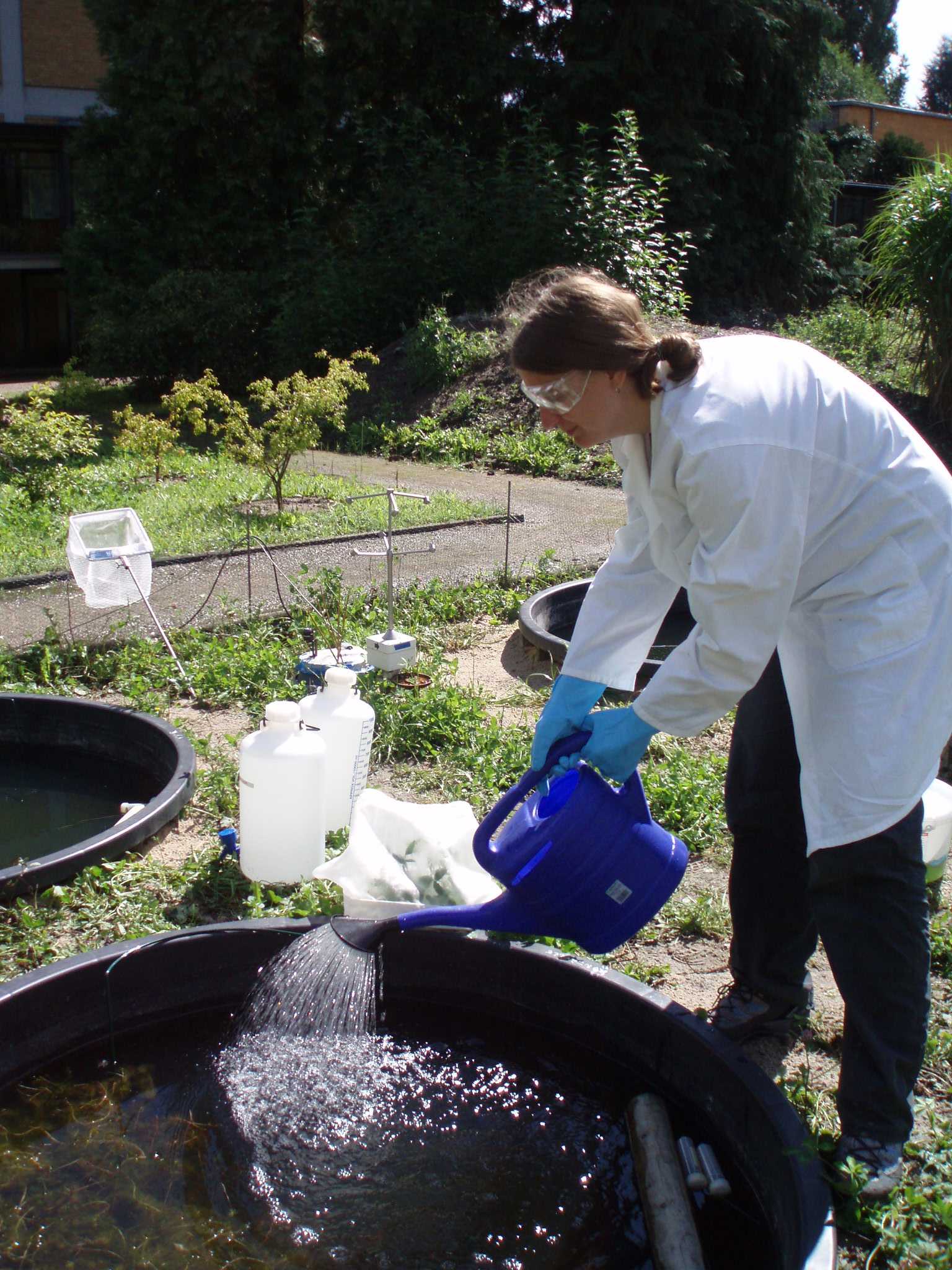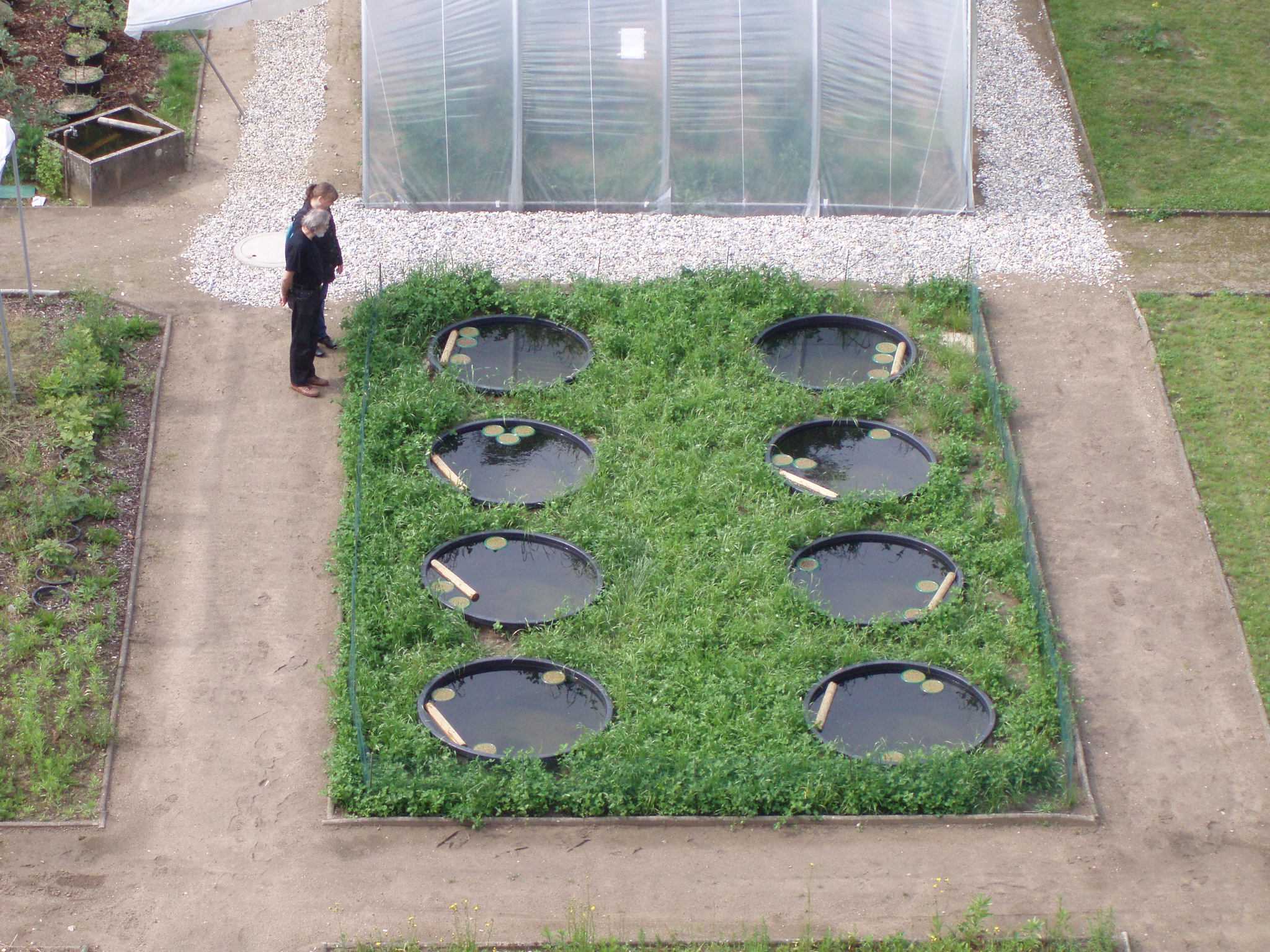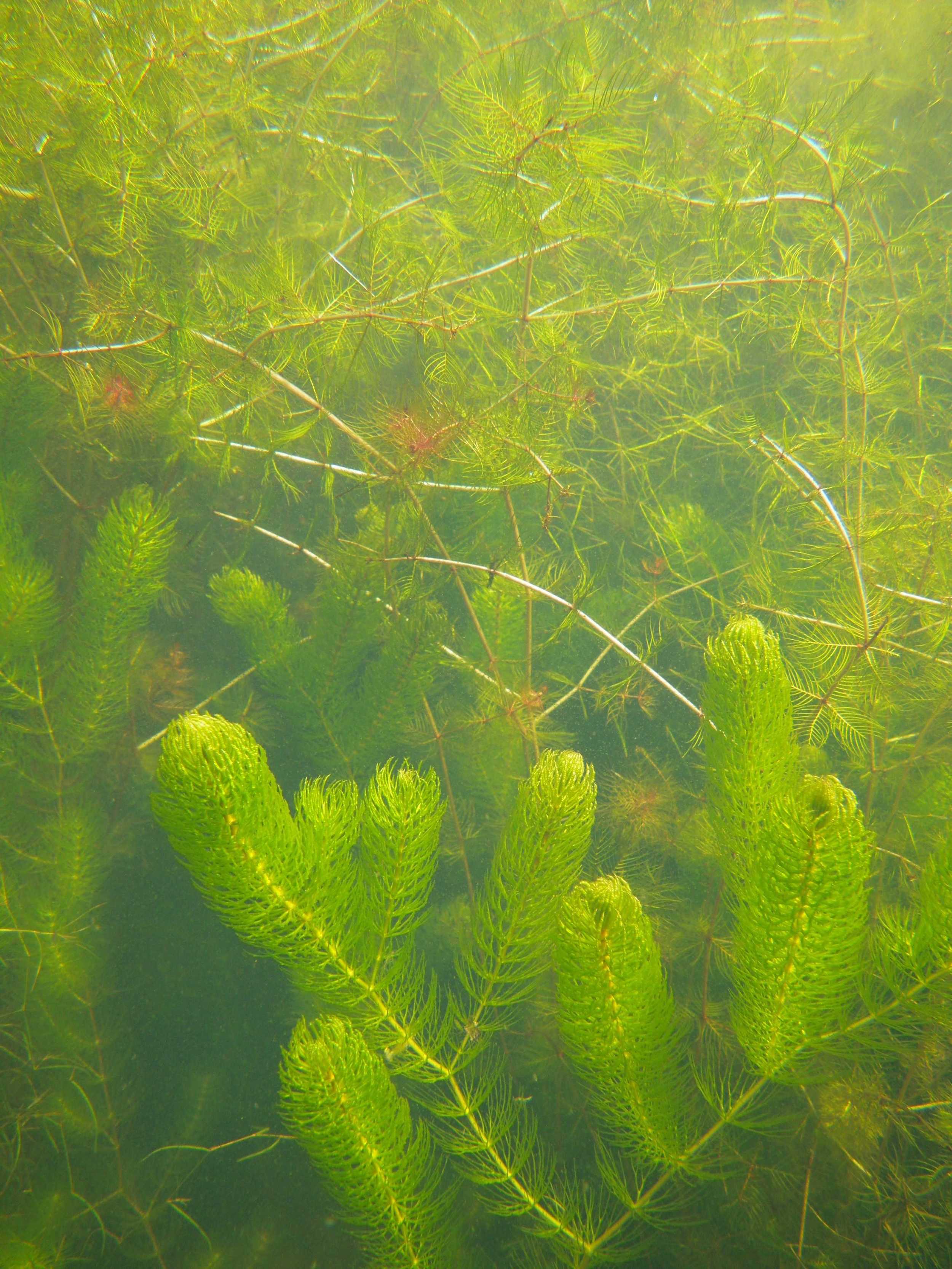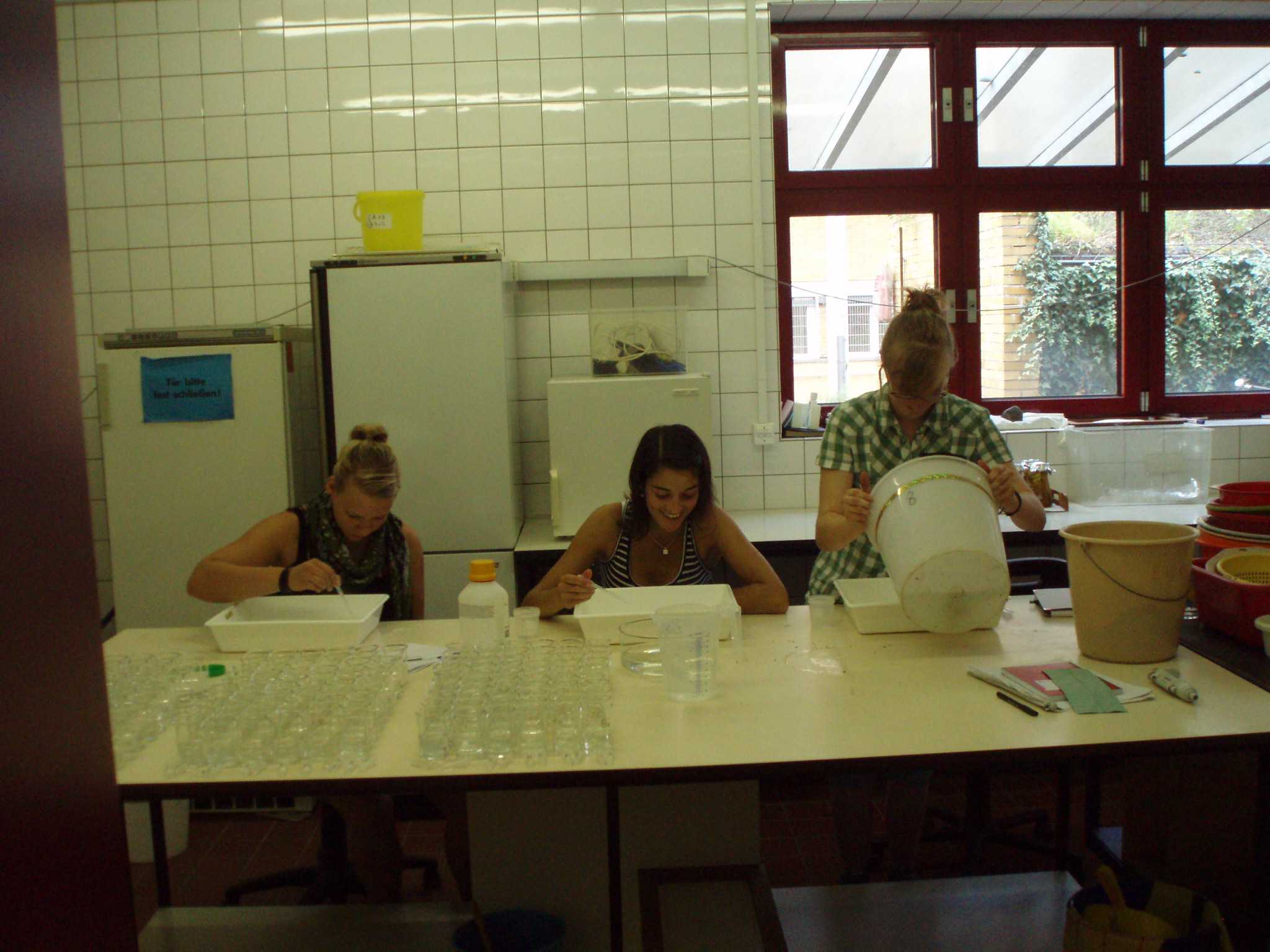Fungicide Effects on non-target species & communities
Herbicide Effects on non-target aquatic macrophytes
Fungicide effects on aquatic communities in different ecoregions
Pesticide exposure risk for aquatic communities, for example by fungicide applications in agriculture
Studying the effects of the fungicide pyrimethanil on aquatic communities in artificial ponds (mesocosms)











